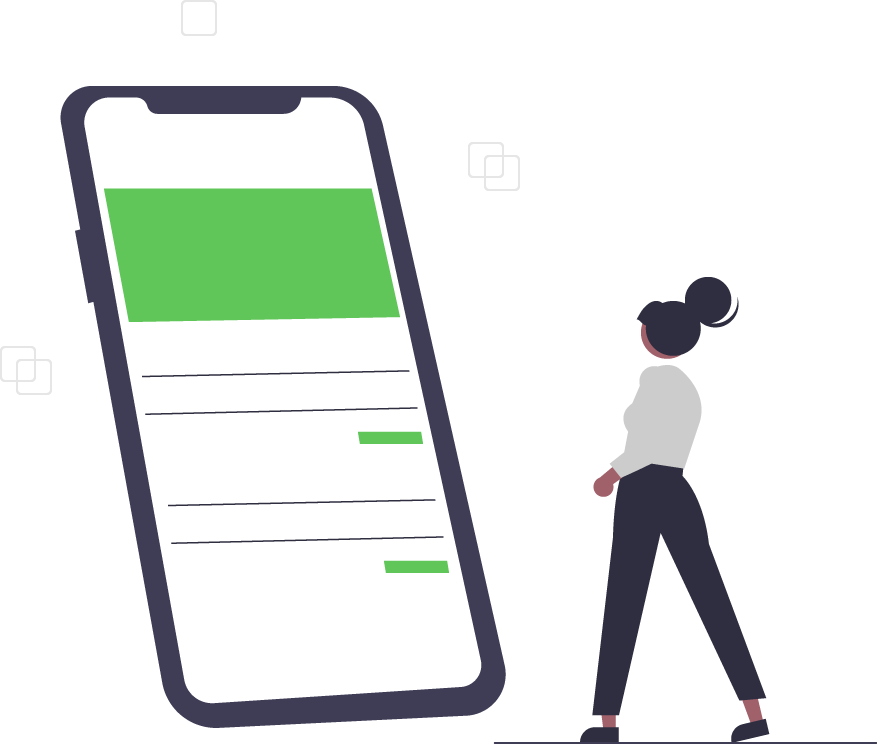SQL Server: Best Practices for Long-Term Data Security
Securing your SQL Server is imperative if you want to keep your data safe, especially if you are storing personal or sensitive information.
Protect Your Data
A security breach cannot only mean a loss of trust and revenue, but it can also lead to penalties and fines. Here are some best practices to follow to keep your server secure:
Store Physical Server & Hardware
One of the first things you should do is make sure your server and hardware components are physically secure.
Place the server hardware and networking devices in a protected environment, such as a locked room with limited access. Also, limit access to your backup data and secure it in an off-site location.
Only Install Necessary Software
Don’t install more software than you need to. Only install the components that are required for the database to perform the tasks you need.
By stopping and disabling unused components, you cut down on the number of opportunities attackers have to breach your data. If there’s an app or feature you would like to test, don’t install it in your production environment. Instead, make sure you use a test or development environment to keep your data safe.
Restrict Account & Server Access
When it comes to deciding who can access and run programs on your SQL Server, follow the principle of least privilege. This means that each account should have the minimum access and system rights needed for the system to run. Nobody should have access beyond what is needed for them to successfully complete their job.
Make sure only another server can connect to the SQL Server. Run the server as a local account and not an administrator so a compromised account doesn’t end up compromising your entire network. As another security measure, only grant connection access to the IP addresses that need it.
Enforce Login Security
- Maintain strong passwords - Make sure all database admin accounts have intricate passwords. Use at least 10 characters with a mix of numbers, letters, and symbols. Have all staff members change their passwords on a regular basis.
- Stay on top of logins - Disable or delete logins that either won’t be used again or for a while.
- Monitor login attempts - If you notice a certain account has numerous failed login attempts, you should disable the login as this could be a sign of an attacker trying to access your database.
Maintain Server Updates
Be diligent about keeping your SQL Server up to date. You can easily set up automatic updates, but its best to install updates only after you’ve tried them in a test environment. Regularly updating your server will help ensure you receive security patches, as they’re made, since attackers are constantly probing for vulnerabilities to compromise.
Secure Your Backup
You never know when a failure might occur, so you should always backup your data. However, this means your backup has the exact same information as your database, which must be secured as well. Treat your backup as you would your production database, and impart the above best practices within it.
Trusted Tech Team is an accredited Microsoft CSP Direct Bill Partner, carrying multiple Solutions Partner designations and the now-legacy Microsoft Gold Partner competency. Based in Irvine, California, we report trends affecting IT pros everywhere.
If your organization uses Microsoft 365 or Azure, you may be eligible to receive a complimentary savings report from a Trusted Tech Team Licensing Engineer. Click here to schedule a consultation with our team now to learn how much you can save today.
Subscribe to the Trusted Tech Team Blog
Get the latest posts delivered right to your inbox

